Denver school board member John Youngquist is alleging that the board violated state open meetings law by misstating the purpose of a recent executive session, and by excluding him from that session because it dealt with a matter he had raised about his compensation.
Commentary
Denver Public Schools’ new strategic roadmap seems content with improving student progress and addressing student needs at a leisurely pace.
Simply put: adolescents are experiencing an internal war perpetuated by technology.
Based on state test scores released last week, many DPS students are in academic crisis, and some board members are ignoring that and opting to indulge in Trumpian grievance-fests instead of doing their duty.
Offer no excuses, because this is not about blame.
Frankly, we don’t have time for the continuing adult drama and the “as the school board turns” reality show. If individuals can’t get it together, individuals don’t need to be on our school board, impacting the current and future realities for children, families and staff.
The DPS board got back to work with a retreat Monday, and quickly got up to its old, bad tricks as well, violating the spirit if not the letter of Colorado’s open meeting law.
When you examine the need for school closures in Jefferson County, the first thing that strikes you is the shocking scale of the problem.
Denver Public Schools board Vice President Tay Anderson discusses board relations, the coup that wasn’t, and other issues related to DPS board dysfunction
After last week’s 6-1/2-hour Denver school board meeting featured a couple of cringeworthy interpersonal clashes, I’m sure at least some board members are embarrassed by what the public witnessed. They should be. While the in-fighting rages, work of substance is being neglected.

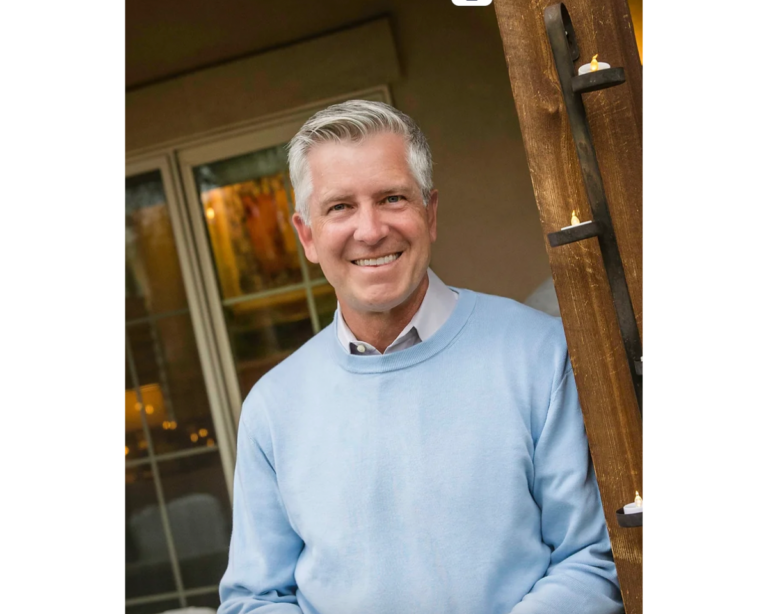
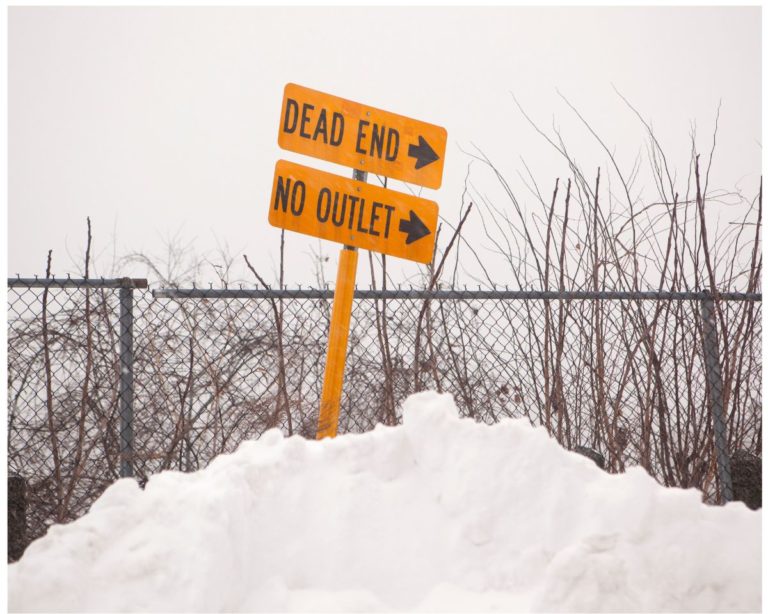
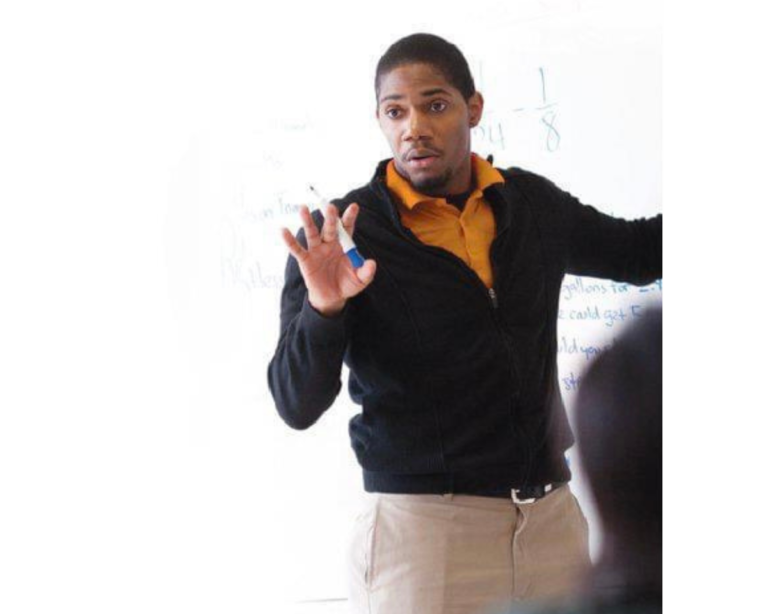
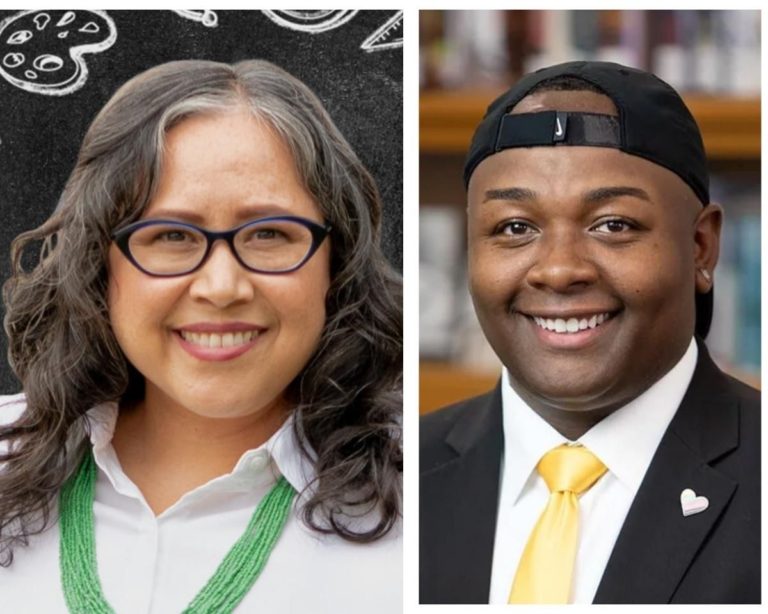


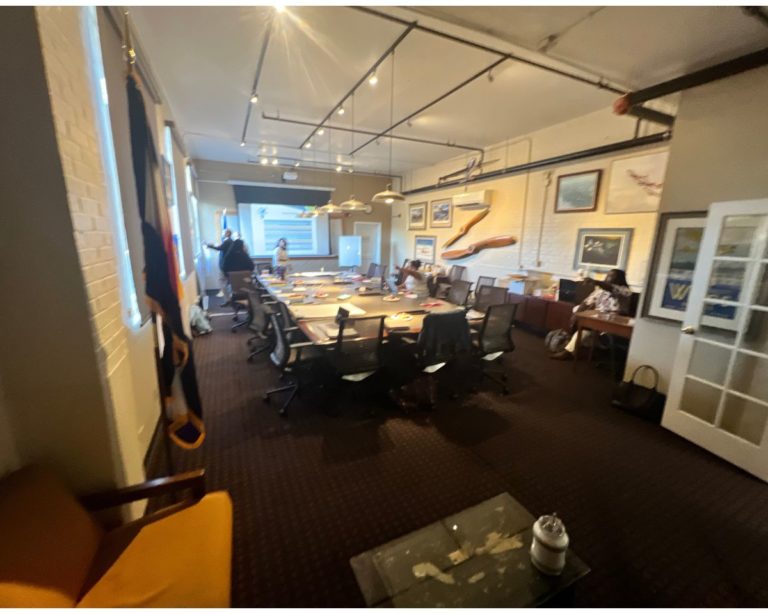

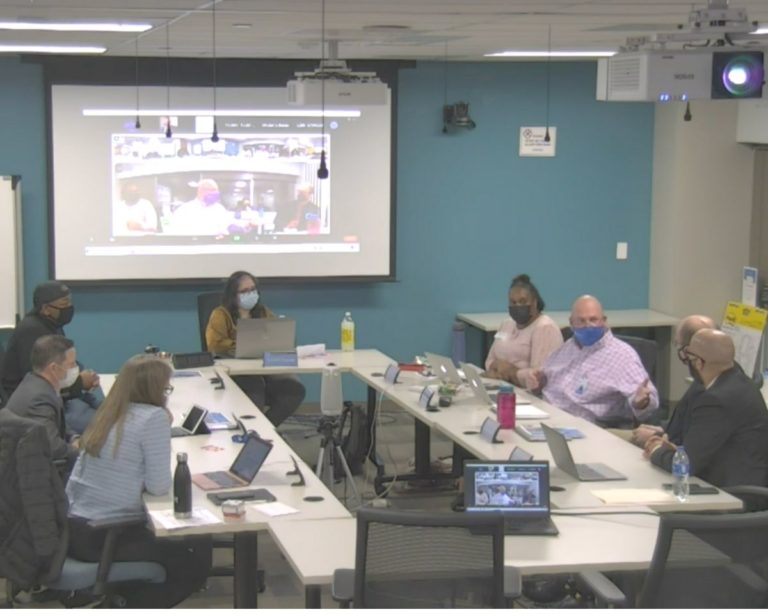
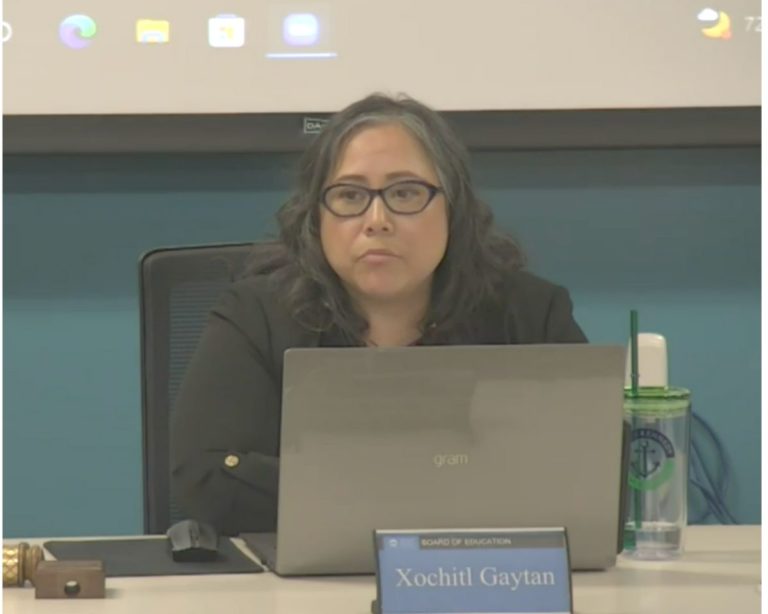

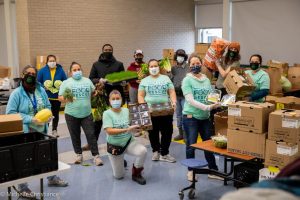


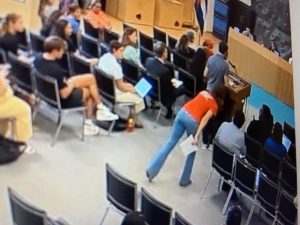
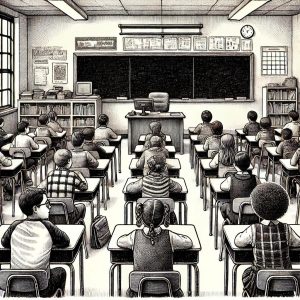
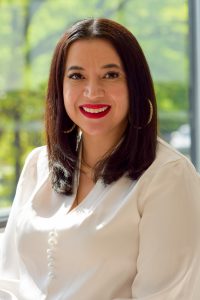
Is DPS trying to sideline state-mandated community accountability panel?
Denver Public Schools appears poised to marginalize the state-mandated District Accountability Committee. It is the latest example of using Policy Governance to drive agendas and limit public scrutiny and accountability. It’s just the latest example of the district and board’s move away from transparency and public accountability.